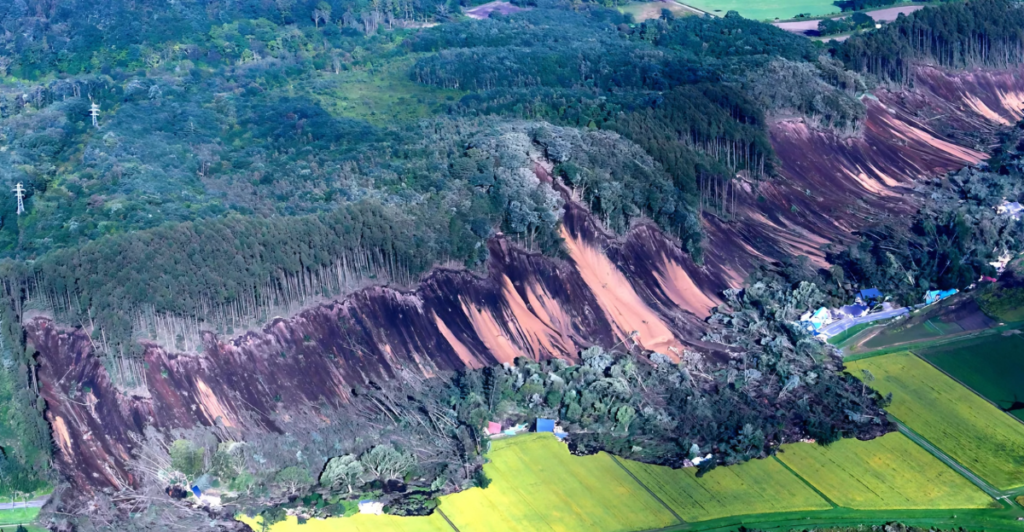
There have been some big breaks in environmental news, but three events have been absolute standouts.
These critical developments had profound implications for ecosystems and wildlife. From seismic threats to water resource crises, these stories underscore the global interconnected challenges facing natural systems. These challenges show us how much human intervention is needed to save the environment and everything in it.
Mount Fuji’s Eruption Threat
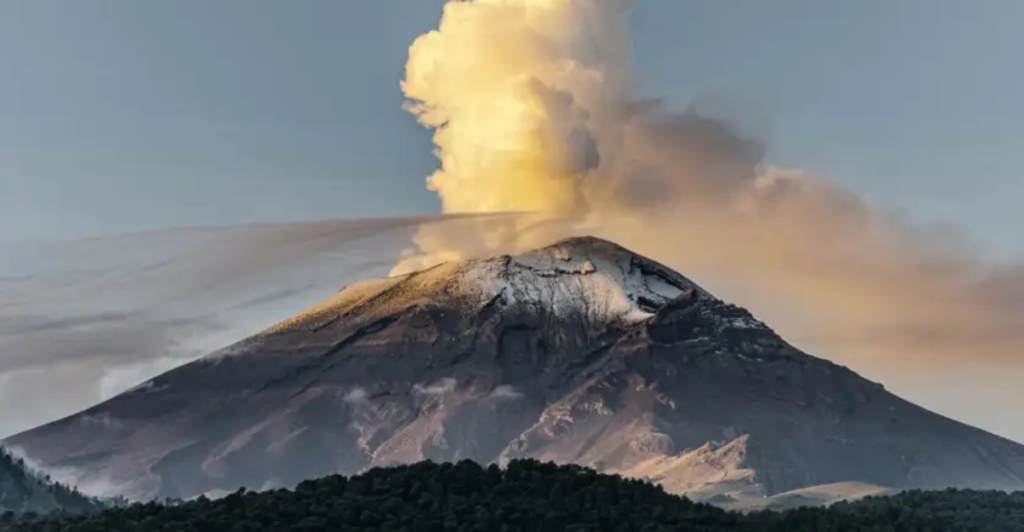
Mount Fuji is one of the most renowned volcanoes in the world but is now a source of growing concern among experts who warn of its potential eruption. The volcano has been dormant since 1707, but now it poses a significant threat to the Tokyo region and beyond. If it erupts, the impact could be catastrophic, with volcanic ash covering roads, buildings, and farmland.
Experts estimate that up to 1.7 billion cubic meters of ash could darken skies even during daylight hours and disrupt transportation networks. An eruption of this size can cause extensive damage to the environment and animals that might not be restored for years or even decades. The economic consequences are staggering—losses could exceed $16.6 billion, affecting infrastructure and daily life in one of the world’s busiest metropolitan areas.
Preparing For An Eruption
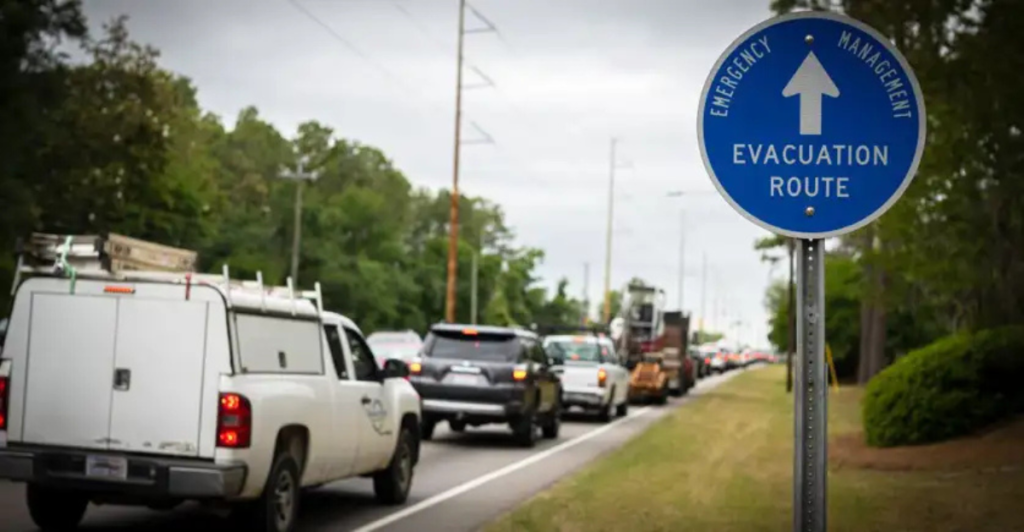
When it comes to an eruption of this size, the residents must take responsibility for themselves to ensure they are prepared. Japanese authorities have issued emergency guidelines to prepare for a potential eruption of Mount Fuji. Residents in Tokyo and surrounding areas are advised to stockpile at least two weeks’ worth of food, water, and essential supplies. The government stresses the importance of sheltering indoors unless ashfall becomes severe enough to threaten structural safety.
In extreme cases, evacuation plans will be implemented, particularly for areas closest to the volcano, where lava flows could devastate communities within hours. Power outages, disruptions to communication networks, and impassable roads are anticipated as ash mixes with rain to form thick sludge. These procedures are in place to ensure that over 44 million people get out of the situation with the fewest casualties.
Environmental and Wildlife Concerns
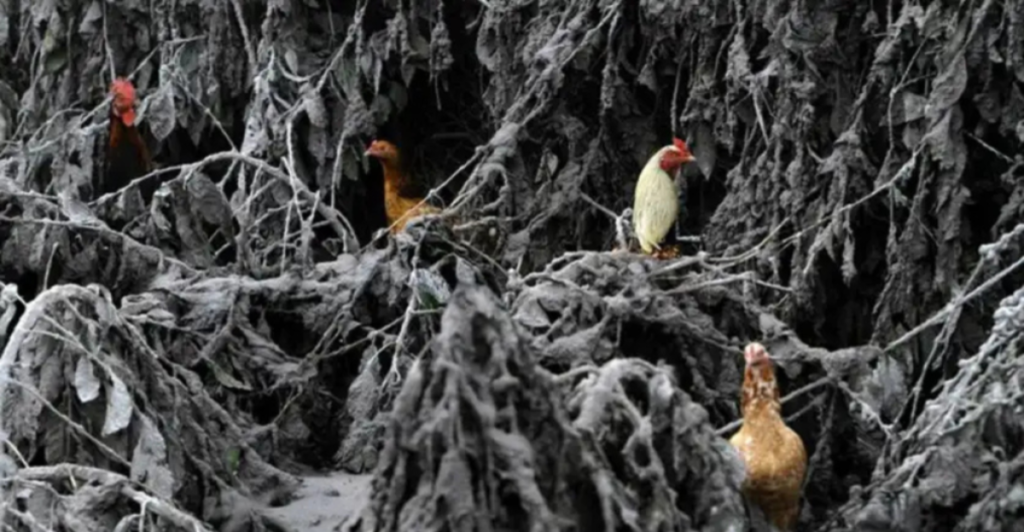
Besides the apparent impact an eruption will have on people and the infrastructure in the area, there would be devastating consequences for wildlife and ecosystems in the region. Volcanic ash can contaminate water sources, disrupt habitats, and harm animal populations dependent on these environments. Ashfall will severely affect agricultural lands, leading to food shortages and economic strain on farming communities.
Experts emphasize the importance of comprehensive disaster preparedness plans that account for human and ecological impacts. While an eruption is spontaneous, and there are only a few seconds of warning before disaster strikes, having procedures in place can help prevent a major tragedy.
Funding Freeze Sparks Uncertainty for Colorado River Conservation Efforts
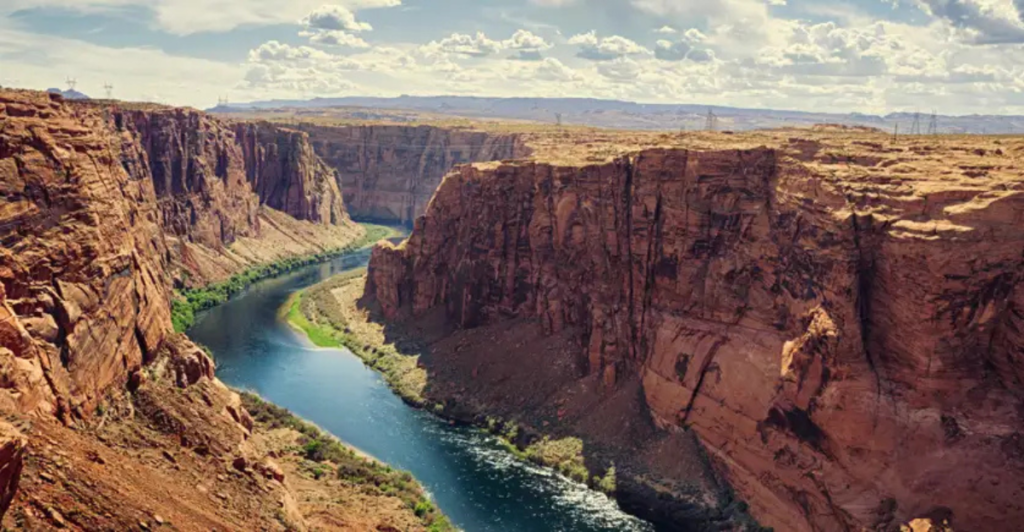
President Trump’s recent executive order to halt the disbursement of funds from the Inflation Reduction Act has thrown critical conservation efforts for the Colorado River into uncertainty. The $4 billion allocated by the Biden administration was intended to support water-saving initiatives across Western states, including payments to farmers, cities, and Native American tribes to reduce water usage and preserve reservoir levels.
These funds were crucial for addressing the megadrought that has plagued the region for over two decades, causing record-low levels in Lake Mead and Lake Powell. Without this funding, agricultural producers in areas like California’s Palo Verde Irrigation District face financial losses if they cut back on water use.
Climate Change Worsens Colorado River Crisis
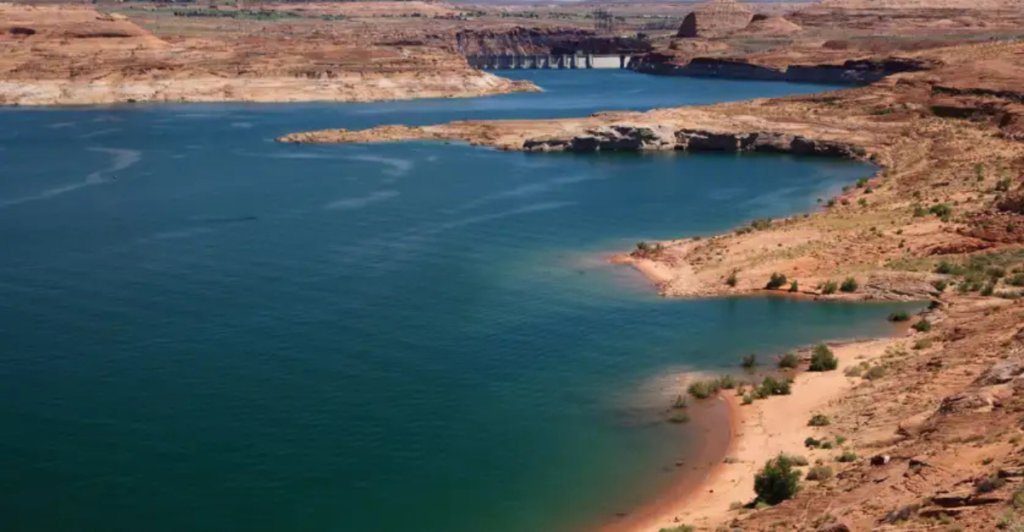
The Colorado River provides water for over 40 million people and sustains a vast agricultural economy, but it’s shrinking at an alarming rate due to climate change. Prolonged drought conditions have severely impacted the river’s flow, reducing its capacity to generate hydroelectric power and supply downstream users. The reservoirs created by dams on the river are nearing critical thresholds that could render them unable to function effectively.
Conservation programs funded by the Inflation Reduction Act aimed to mitigate these effects by incentivizing reduced water consumption and improving wildlife habitats. However, with federal funding now paused, stakeholders fear that efforts to stabilize the river’s declining health will worsen the environmental and economic effects on the area.
Economic Fallout Closes In As Conservation Funding Stalls
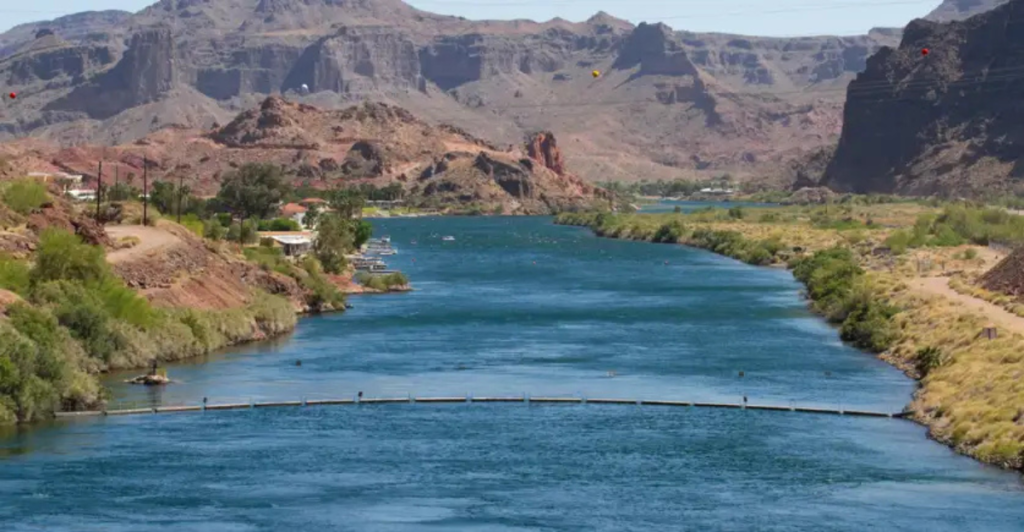
The freeze on Colorado River funding poses significant economic risks for industries reliant on its water supply. Farmers in Arizona and California depend on river water to grow crops such as cattle feed and vegetables. Still, conservation measures require them to leave water in reservoirs instead of using it for production. Without financial compensation from federal programs, many agricultural operators are unwilling or unable to make these sacrifices, threatening conservation goals and their livelihoods.
Experts warn that if funding remains suspended, the ripple effects could destabilize local economies and worsen water scarcity across the Southwest. As stakeholders await clarity on the future of these programs, concerns over long-term sustainability continue to mount.
New Colossal Fault Line Discovered in Three States
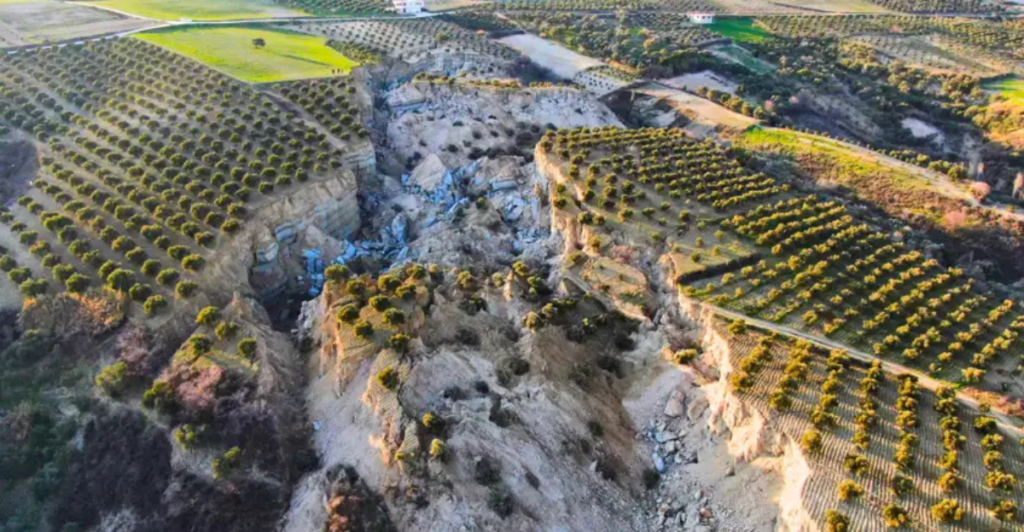
A newly identified fault line stretching across Tennessee, Missouri, and Arkansas has raised concerns about potential seismic activity in the region. The fault, closely linked to the New Madrid Seismic Zone, spans hundreds of miles and is believed to be capable of triggering powerful megaquakes.
This new fault system shares similarities with other megathrust zones’ capacity to release massive energy during ruptures. Researchers emphasize that the fault’s proximity to densely populated areas heightens risks, particularly given the region’s history of significant quakes like the 1811–1812 New Madrid earthquakes.
Seismic Risks and Historical Context
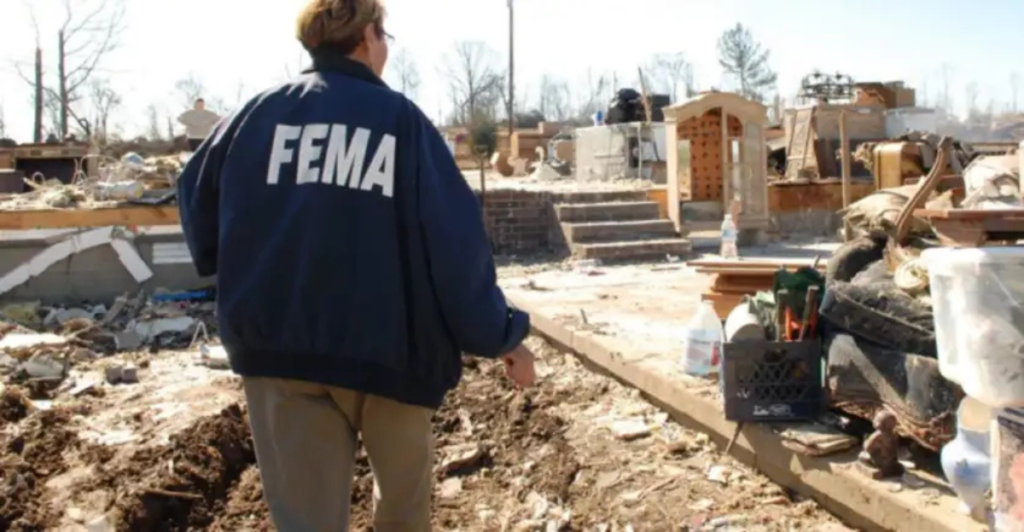
This discovery shows how vulnerable this region is to megaquakes, with the fault’s structure suggesting it could generate magnitude 7.0 or higher events. Earthquakes can impact infrastructure, utilities, and communities across multiple states, potentially causing widespread power outages and structural damage. Historical records indicate the New Madrid Seismic Zone has produced catastrophic quakes in the past, including the 1811–1812 series that altered landscapes.
Modern assessments highlight the need for updated emergency preparedness, as current building codes and evacuation plans may not adequately address the scale of potential disasters.
Implications for Emergency Preparedness
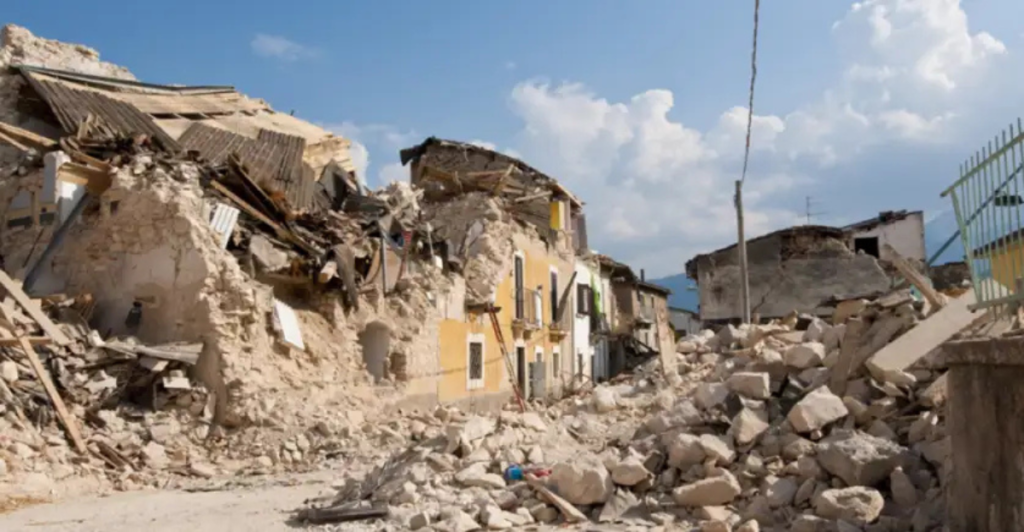
This discovery is a significant scientific leap in understanding these events, but it raises concerns about the region’s preparedness. Unlike coastal areas with tsunami evacuation drills, the Midwest lacks comparable protocols for inland earthquakes. Experts stress the importance of retrofitting critical infrastructure and educating residents on earthquake safety, such as the “drop, cover, and hold on” method.
The fault’s relationship to the New Madrid Seismic Zone further complicates risk assessments, as its interaction with other tectonic features could amplify seismic effects. Ongoing research aims to refine predictions and inform mitigation strategies for communities in the affected states.
Explore more of our trending stories and hit Follow to keep them coming to your feed!

Don’t miss out on more stories like this! Hit the Follow button at the top of this article to stay updated with the latest news. Share your thoughts in the comments—we’d love to hear from you!







